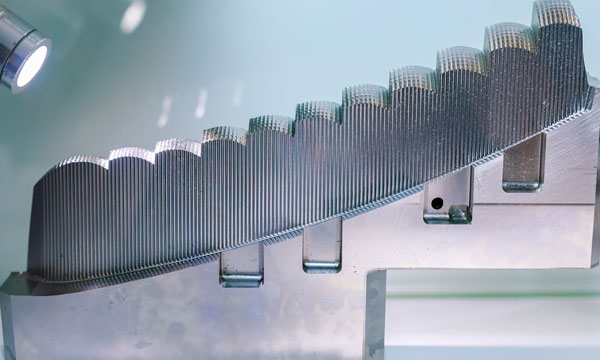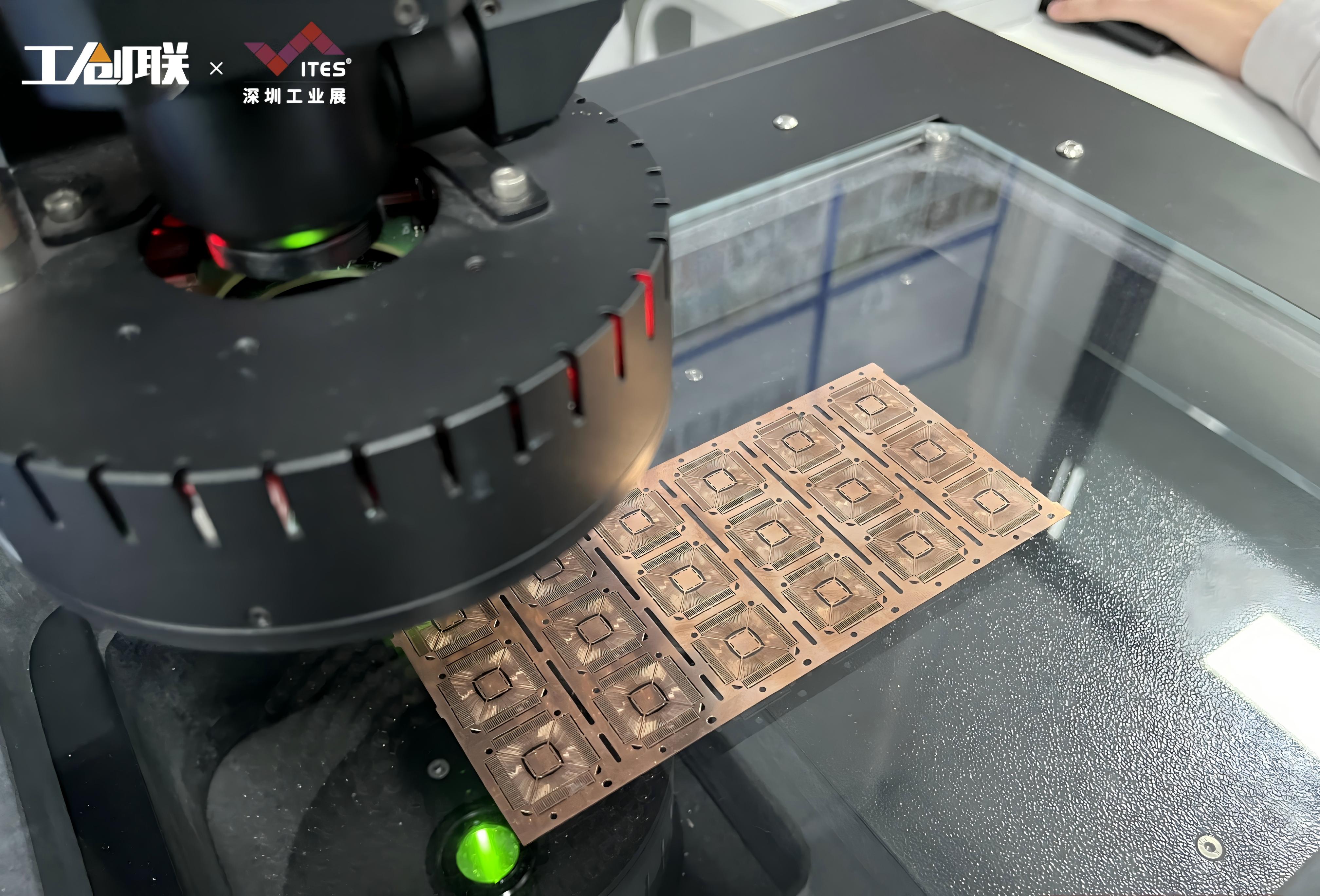To Build High-End CT Tubes Well, Machine Shops Must Focus on the Manufacturing of These Three Key Precision Components
【Introduction】 medical devices industry
Introduction: With Further Policy Support, Can Machinery Processing Enterprises Accelerate the High-End Domestic Replacement of Core Components for CT Tubes?
Recently, the General Office of the State Council issued the Notice on Implementing National Product Standards and Relevant Policies in Government Procurement*, clearly stating that starting from January 1, 2026, government procurement will give priority to supporting domestic products and provide preferential policies such as a 20% price deduction to promote the upgrading of the local industry.
As a key field, medical devices will benefit from the requirement on the proportion of local component costs, alleviating the long-term dependence on imports for core components such as upstream chips, sensors, and precision materials. Especially in the high-end CT field, CT tubes that often cost several hundred thousand or even over a million yuan have long been dominated by foreign capital, and their core components are often referred to as "golden parts" in the industry.

Driven by this trend and supported by policy dividends, the technological iteration and domestic replacement of CT tubes are expected to be upgraded rapidly. Then, what exactly is a CT tube? Why has it long been dominated by foreign capital? And what high requirements do its key components impose on precision processing?
CT Tubes Determine the Performance Ceiling of CT Equipment
According to the prediction of Huajing Industry Research Institute, the market scale of CT tubes in China will reach 25.9 billion yuan by 2025. With the acceleration of domestic replacement, more than 10 domestic enterprises, including United Imaging Healthcare, Kunshan Yiyuan, and Maimo Vacuum, have obtained CT tube registration certificates and possess mass production capabilities; Shanghai Chaoqun Testing, the world's sixth-largest CT tube manufacturer, has recently launched A-share IPO counseling, further boosting industry confidence.

CT tubes are the "energy core" and "source of imaging" of CT equipment. The stability of the tube directly affects image clarity and diagnostic accuracy, determining the functional upper limit of CT machines.
The production of a qualified CT tube goes through four major stages: "tube core manufacturing and assembly → vacuum packaging → high-voltage insulation assembly → quality inspection, testing, and delivery":
Tube core manufacturing and assembly: Accurately assemble core components such as cathode, anode, and bearings into a tube core, ensuring the alignment of the cathode and anode, with component installation accuracy controlled at the micron level;
Vacuum packaging: Seal the exhaust pipe using "metal cap + laser welding" to ensure permanent vacuum and no leakage. The vacuum degree inside the tube directly affects the trajectory of electron movement and component service life; any tiny air leakage will render the tube scrapped;
High-voltage insulation assembly: Apply 80-140kV high voltage and assemble the insulation system to prevent breakdown;
Quality inspection, testing, and delivery: Conduct multiple tests including X-ray performance, rotating anode, and high-voltage aging tests, install external structures such as heat dissipation and protection, then package and deliver.

The entire process has extremely high requirements for material high-temperature resistance, radiation resistance, and the stability of the rotating system. Any slight deviation may lead to equipment failure, and all of this relies on three core components with extremely high processing difficulty inside.
The Three Core Components: The Toughest Hurdle for Domestic Replacement
A CT tube consists of six major components: cathode assembly, anode assembly, tube shell, bearing and rotor system, etc. Among them, the cathode filament, anode target, and liquid metal bearing are the "three core components".
, Source CSDN@Nautiluss.jpg)
First Core Component: Cathode Filament.It generates and emits electron beams. Usually made of tungsten wire or thoriated tungsten wire with high-temperature resistance and strong electron emission capability, the filament needs to be processed into a specific shape through precision manufacturing and then assembled with a focusing cup to form the cathode assembly. Its processing accuracy directly affects the focusing effect and emission stability of the electron beam.
Second Core Component: Anode Target.Closely related to heat capacity, it must have a high melting point and excellent heat dissipation performance, and dissipate heat through high-speed rotation. The manufacturing process involves welding, precision grinding, polishing, and other technologies. Defects such as scratches, oxidation, or cracks on the surface flatness can easily cause local overheating and damage.
Third Core Component: Liquid Metal Bearing. As the core technology of modern high-performance CT tubes, it exhibits significant advantages such as lower friction coefficient, better heat dissipation performance, and longer service life. The processing quality of the herringbone or spiral micro-channels on its surface directly determines the stability, pressure-bearing capacity, and heat dissipation efficiency of the supporting oil film formed by the liquid metal (usually gallium-rhenium-tin alloy). Insufficient processing accuracy, burrs on edges, or micro-cracks on the surface will cause CT tube failure.

At present, domestic tubes have partially made breakthroughs in components such as tube shells and high-voltage insulation. However, the electron emission stability of the cathode filament, the heat capacity of the anode target (domestic products are mostly around 5-10 MHU, while foreign products reach over 30 MHU), and the service life of the liquid metal bearing (domestic products are mostly around 300,000 cycles, while foreign products can reach 1 million cycles) are still the key to the performance gap.
How Can Precision Processing Enterprises "Stand Out as Leaders"?
For domestic suppliers of core components for medical devices, to completely solve the import dependence and technological breakthroughs of core components such as bearings and target disks in CT tubes, and advance towards true domestic replacement, it is still necessary to increase R&D investment and work with supply chain manufacturers to address these issues.
In the Pearl River Delta centered on Shenzhen, leading medical device enterprises such as Mindray, Siemens, Kaili Biology, Lepu Precision, Yahuilong, and Premed are active; numerous precision manufacturing enterprises have also risen rapidly, deeply entering this blue ocean market through the ITES Shenzhen Industrial Exhibition platform.Examples:
Donghui Precision: Possesses the design and development capabilities of precision components for medical devices, as well as the manufacturing capabilities of products such as slender shafts, puncture needle series, special-shaped disks, special-shaped lenses, and guide rails. Widely used in orthopedic products, ultrasonic imaging, ventilators, anesthetic machines, etc., helping to achieve more accurate and efficient diagnosis and treatment.
Jiaye Precision: Has more than 400 sets of automated equipment and over 30 types of high-precision testing equipment (such as Zeiss and Hexagon coordinate measuring machines); possesses the ability to independently research, design and manufacture various special automated equipment, tooling jigs, and molds, with rich experience in precision manufacturing.
Bilian Technology: A core high-quality supplier of international giant Danaher, with high-end brand mechanical equipment such as DMG and HAAS. Relying on rich precision processing experience and internationally leading equipment, it has strong precision processing capabilities and non-standard automated design capabilities.
Jinzhijie: Leverages the advantage of fluid polishing technology, focusing on micro-hole processing and deburring of cross holes in valve body parts in the medical device field. Products are widely used in endoscopes, CT equipment, surgical lamps, puncture valves, and ventilators.
Tiandi Precision: As a core component supplier for international leading medical device enterprises such as Thermo Fisher Scientific and Abbott, it is equipped with more than 500 sets of advanced processing equipment to ensure efficient and accurate production. The company also has a professional team of hundreds of engineers engaged in product and process development, project management, production engineering, and industrial engineering to help customers seize market opportunities.
Kairuiqi: A core component supplier for many domestic leading medical device enterprises, with capabilities including industrial design, production and processing, processing with supplied materials, processing according to drawings, OEM production, and ODM production. It has an independent quality inspection and monitoring system and high-precision testing instruments to ensure product quality and meet different customer needs.
Sanwei Electromechanical: Provides one-stop services from structural design to prototype trial production, offering customized mechanical parts for medical equipment. CNC machined parts for medical equipment mainly include surgical tools, instruments, and a series of ophthalmic tools.
Aweite: Deeply engaged in the combined process of precision die-casting and machining, achieving 1-micron ultra-thin slicing technology in the differential feed system. Products are widely used in medical devices such as CT, X-ray, ultrasonic inspection, and cell slicing.
It is worth looking forward to that the above-mentioned enterprises will collectively appear at the ITES Shenzhen Industrial Exhibition and the concurrently held "Shenzhen Medical Device Supply Chain Ecology Exhibition" at the end of March next year.
ITES Themed Exhibition Precision Component Design and Manufacturing Exhibition: More than 200 precision manufacturing enterprises will fully demonstrate the core elements required for the entire chain of precision component manufacturing, covering "source R&D and design, manufacturing and production, surface treatment, and contract manufacturing".
Shenzhen Medical Device Supply Chain Ecology Exhibition: Fully demonstrates the core elements required for the entire chain of the medical device industry from source innovation, R&D and design, manufacturing and production to product launch. Gathers leading enterprises in many segmented fields, promotes high-end manufacturing equipment and manufacturing industries to empower the upgrading of the medical device supply chain, and helps China's high-end medical equipment accelerate the realization of independent control.
.jpg)
Whether you are looking for high-quality suppliers of precision part processing or hoping to connect with medical device manufacturer resources, welcome to scan the QR code to contact us!




